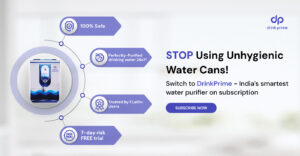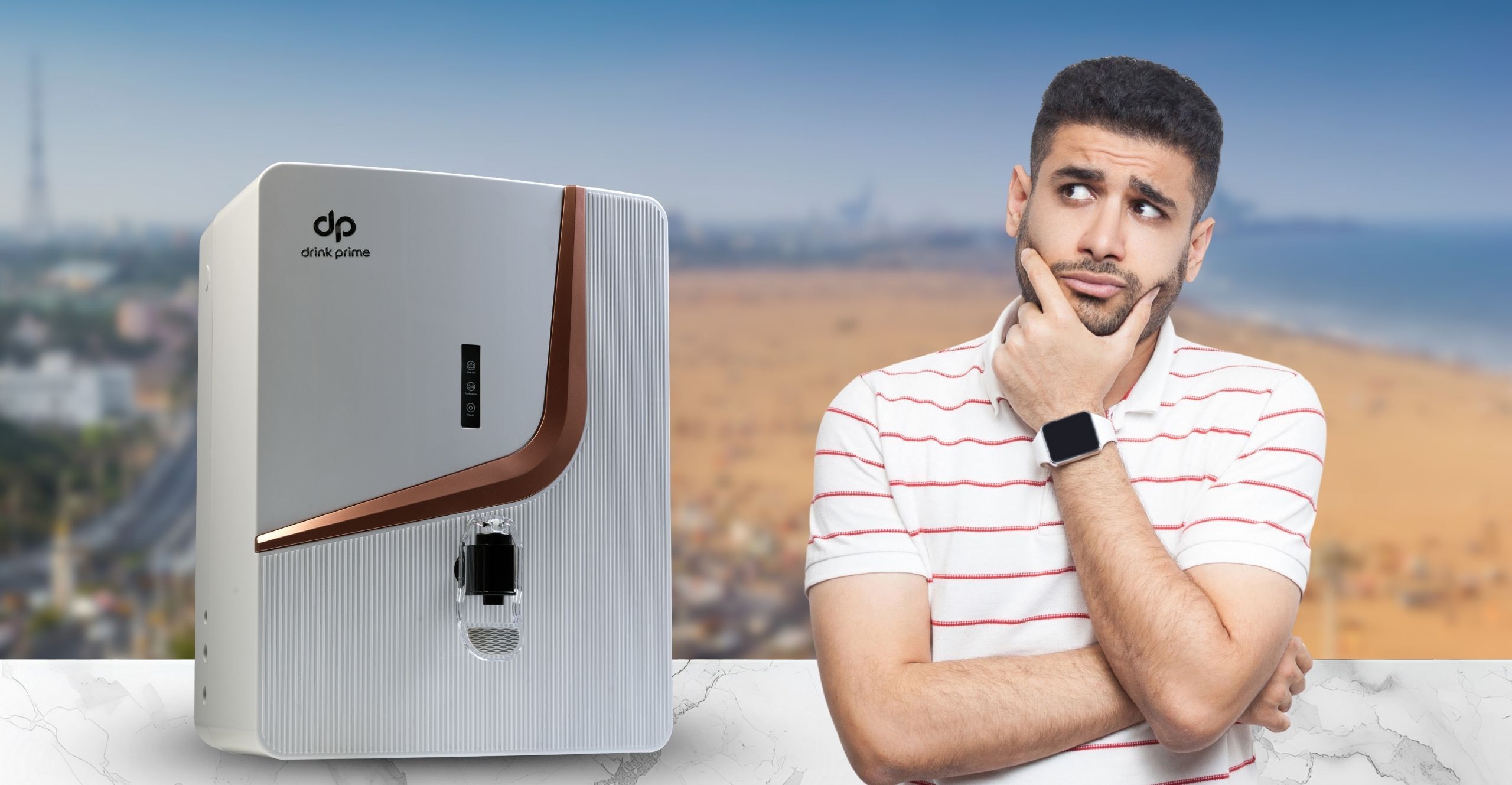As we step into the year 2024, the world of water management is witnessing rapid changes to meet the challenges of a swelling population, rapid climate change, and technological advancements. The growing awareness of the need for water safety, fueled by government initiatives, the scale of urbanization, and the extensive pollution of water bodies are some of the factors driving the need for water purification systems.
In such a scenario, water purifiers have morphed into a household necessity and when coupled with the swift technological advancements, the water purification technology is poised to embrace the latest technologies and grow by leaps and bounds. In this blog, we examine the latest technologies and emerging technologies, which are reshaping the water purification world.
Latest technologies in water purification
Clean water has never been more in demand and the global water purification producers are dabbling with state-of-the-art technologies to ensure that their customers have access to advanced water filtration systems. Here are some of the latest technologies in water purification that may soon be integrated with the existing purifiers like reverse osmosis water treatment.
1. Nanotechnology
This technology maneuvers matter at the molecular or atomic level to produce new structures or materials. This is proving to be more cost-effective and efficient than traditional systems. With the scale of operation at the atomic levels, ultrafine nano filters can capture pollutants at a molecular level giving you unprecedented results in water filtration.
The higher surface-to-volume ratio of these nanoparticles allows for the adsorption of chemical and biological particles while allowing for the separation of contaminants at very low concentrations. The physical and chemical properties of Nano adsorbents also allow them to remove metallic pollutants from the water. One of the most important nanomaterials used in water purification is carbon nanotubes which remove organic, inorganic as well as biological compounds.
2. Acoustic nanotube technology
Developed at NASA’s Johnson Space Center, this technology uses acoustics in place of pressure to purify water. An acoustically powered molecular screen connects to carbon nanotubes which while allowing water to flow through, blocks contaminants. Water is driven away from contaminants thus negating the need to flush out the filter system. This consumes less power and is also adjustable to user needs, as it can be integrated with multiple filters.
3. Photocatalytic water purification system
This is useful in treating contaminated water as it employs photocatalysts and UV rays to remove contaminants. Photocatalysts can break down a host of contaminants like pesticides, chlorine-resistant pathogens, etc. This is useful in wastewater treatment facilities and to treat industrial wastes.
4. Aquaporin inside technology
Danish cleantech company Aquaporin has designed this technology based on biomimetic water treatment membrane designs. They allow for fast and highly judicious passage of water across the membranes. The cells can manipulate their volume and internal osmotic pressure under the hydrostatic and osmotic pressure differences. The specialized construction of these membranes allows water to pass through while blocking all other substances. It can be used for both industrial and household filtration.
5. Automatic variable filtration
In AVF, techno bed filters which are constantly cleaned are set in a variable array. This involves two sets of filter media which can work either in a serial or parallel mode. The influent which flows upwards is cleaned by the downward flow of the filter media. The results are equal to microfiltration technology without the hefty costs of the membranes. It also consumes less power and has lowered operational costs, and it features no moving parts.
Future trends in water purification systems
With the increased water demand and the need to maintain the existing models, the use of technology has become imperative. Technology allows better control over quality and the predictive capacity helps to visualize and prevent mishaps. These are some of the technological trends that are reshaping the world of water management.
1. Digitization
With the use of advanced technologies like AI, IoT sensors, etc. water quality is greatly enhanced. Cloud technologies, 5G, etc. have played a significant part in data management, ensuring speed and security.
2. Water management
Technologies like advanced oxidation process, adsorption/biosorption, etc. greatly help in quality control and pollutant reduction.
3. Filtration
Nanotechnology is changing the filtration game by capturing hard-to-remove micropollutants and increasing water quality. Biofiltration is also gaining popularity.
4. Preventing floods
Improved designs, forecasting, and monitoring are the byproducts of technological advancements in this field.
5. Water conservation
Reuse and recycling methods and intelligent irrigation are paving the way for an efficient way of conserving water.
6. Segregated infrastructure
Mobile treatment systems that can operate irrespective of geography, such as at-home water solutions are building community sturdiness as they no longer are dependent on centralized solutions.
7. Desalination
The latest technology that involves renewable energy, biomimicry etc. to take out salt from seawater is fast gaining ground. These technologies are focused on cost reduction and lower environmental impact and are fast evolving.
Evolution of water purification

Clear water has been considered fit for drinking since the beginning of civilization and ever since fire was invented, water has been boiled to make it safer. Even though microbe identification in water took place in the 17th century, it would take another two centuries for the evolution of water purification to effectively remove pathogens from water, with the introduction of chlorine. However, the by-products produced by chemical treatments are harmful to the body and carcinogenic. UV treatment which uses a light emitting source like a UV lamp, to transmit ultraviolet radiation which moves in all directions like waves, was a better solution.
It does not have harmful chemicals and does not alter the taste and smell of water. The first known drinking water UV disinfection system was used in 1910 in France. Before that in 1903, Niels Fensen received the Nobel prize for his use of ultraviolet light to combat tuberculosis It was in the 1960s that this application gained popularity and has found commercial applications globally.
Get 7 Days Risk Free Trial
Conclusion
Water purifiers are in great demand globally due to the deteriorating water quality worldwide. The use of advanced technology makes it possible for everyone across the globe to get access to pure drinking water, irrespective of their geography or the contaminants they must deal with, while ensuring environmental sustainability.




